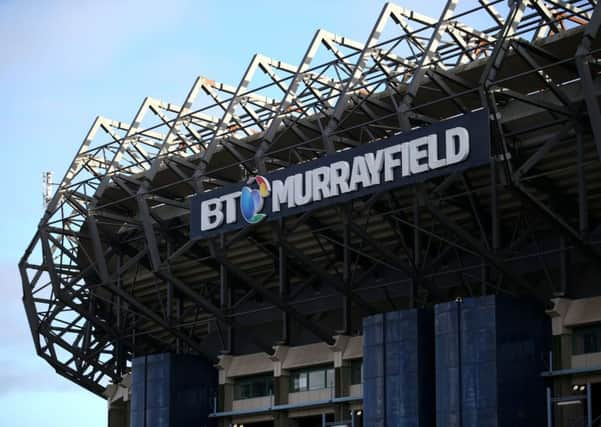Allan Massie: Is little Murrayfield a bit too little?


Yet these are quite clear. There are three ways by which a player may qualify to represent a country: place of birth, ancestry and residence. Now you can argue that these are too lax; that, for instance, one grandparent should not be enough or that the residency requirement should be longer (it has of course been increased from three years to five). You might also argue that the age at which residency starts should be taken into consideration. What you can’t sensibly do is criticise the selection of a player who satisfies any of the eligibility requirements.
In which context, one might add that these are much stricter now than they were in the old amateur days when, essentially, it was up to each individual Union to decide if a player should be picked for their country. There were then many examples of internationalists who played for countries with which they had only a flimsy connection. It was also possible then for someone to play for more than one country. Doug Keller, for example, of the 1947-8 Wallabies, remained in England to complete his medical training at a London hospital, played club rugby for London Scottish and went on to captain Scotland.
Advertisement
Hide AdAdvertisement
Hide AdPlace of birth is a very clear qualification, though some may recall the great Duke of Wellington’s observation that being born in a stable doesn’t make you a horse. Nevertheless, nobody seems to argue (much) about the birthplace qualification.
The ancestry one is difficult because so many people have dual or even triple qualification. Moving for the moment away from rugby, the young British tennis player, Cameron Norrie, is a case in point. One of his parents is Scots, the other Welsh – I don’t know if he has a grandparent of another nationality. He was brought up in New Zealand and attended university in the USA. If he was a rugby player he would be eligible for three countries, and might have become eligible to represent the USA also if he had remained there to complete his education. There’s little unusual about this; he’s a fairly typical citizen of the world as it is today. For a great many people, nationality is a matter of choice.
It may be natural for us to think that the sons of former Scottish internationals like Bryan Redpath and George Graham should think of themselves as Scots and want to play for Scotland. At present, it seems that one Graham has opted for England, the other for Scotland, while Cameron Redpath is still in the position of being courted by both Gregor Townsend and Eddie Jones. Many will be disappointed if he opts for England. Should he do so, they might console themselves with the thought that, looking at the midfield backs available to either country, he has decided he might have a better chance of playing international rugby in a white shirt with a rose on it.
Meanwhile, Edinburgh, it seems, may at last have a home of their own, a year or so from now, assuming there is no planning hitch. Not bad going; it’s taken only a little more than 20 years since the game went professional to reach this point.
For much of this time, the SRU attitude to the question of where Edinburgh should play recalled that of the Union’s long-ago president who once said that Scotland’s response to any proposed innovation was to say “no” clearly, then think about it and say “no” again.
Well, now we can hope – if not yet trust – that a Little Murrayfield will be built, a solution to the problem which some of us first advocated about the time the club left Meadowbank. To be fair, there were difficulties then about building even on ground the SRU already owned, on account of uncertainty about the tram route and flood protection schemes.
Still, at least the decision has been made, which is good. Yet it’s a bit timid, for it is apparently envisioned that Little Murrayfield will have a capacity of some 7,500. Well, this is admittedly twice the crowd Edinburgh regularly attract, but it is also less than the numbers they should be capable of drawing. I would have thought that the minimum capacity should be 10,000. There really is no reason why Edinburgh and Glasgow shouldn’t at least aspire to draw crowds as big as those who turn up to watch Leinster in Dublin, Munster in Limerick and Ulster in Belfast.